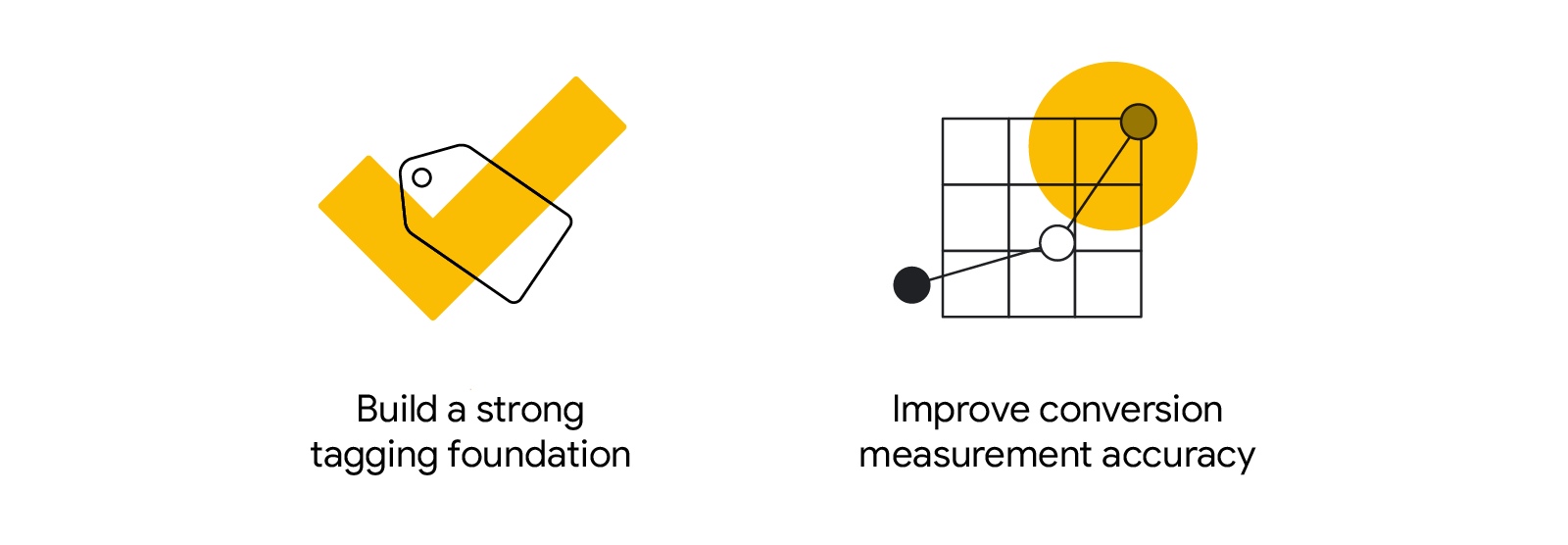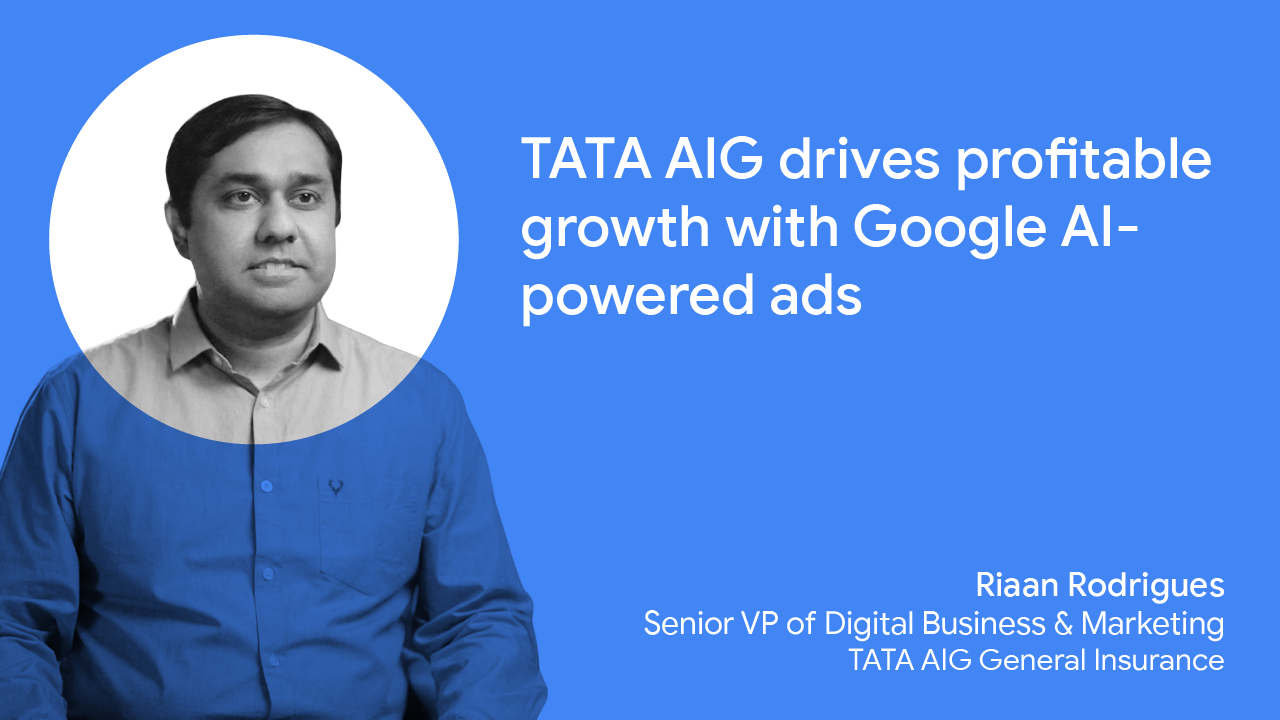When it comes to growing profits and optimising results for their business, performance-minded marketers have a non-negotiable: they have shifted from measuring marketing metrics to measuring business growth metrics. They know that measuring their media investments with solutions that are accurate, durable, and linked to their business KPIs is imperative for bottom line growth today.
Waves of disruption and change have placed businesses and marketers under pressure to drive profitability; they need to deliver both short-term results and long-term growth. As for customers, they’re finding it hard, amid today’s uncertainty, to feel confident about their purchase decisions — more than 70% of APAC consumers want to feel they’ve done their due diligence, putting enough time into research to make the right decision.1
Performance-driven measurement lets businesses help customers make confident purchase decisions every time.
Performance-driven measurement lets businesses help customers make confident purchase decisions every time.
It’s no longer enough for businesses to simply show up if they want to drive results. They need to create a “confidence shift” that moves customers from a place of questioning — if, and which products, they should buy — to knowing and making confident purchase decisions.
To create the “confidence shift,” businesses need to use measurement solutions that meet customers where they are in their journey, and accurately and responsibly capture insights about customer engagements. So as technology and consumer behaviour change, including increased user privacy expectations, measurement must change as well.
To unlock the full potential of measurement solutions to drive profitability, here are four forward-looking measurement strategies marketers can adopt and advocate for across their businesses.
1. Shift from measuring marketing metrics to business growth metrics
Part of this shift in measurement is to democratise the language of what success looks like across the business, and help marketers better integrate marketing metrics with the organisation’s wider goals. After all, it can be easy for a goal set by one part of the business to become diluted by competing priorities on other teams.
With shared metrics that all stakeholders have agreed to, and measurement aligned to a goal that directly moves the needle, like revenue, profit, or higher customer lifetime value, growth can be accelerated.
This big-ticket goal becomes the north star for measurement, guiding AI-powered measurement tools to build an accurate, holistic, cross-platform view of how customers contribute to business growth as a whole. Using Google AI, marketers can shift measurement to high-value customers and optimise for profit.
2. Capture and use valuable first-party data in AI models
In order to optimise campaigns toward aligned marketing and business objectives, marketers need a strong foundation of consented first-party data.This is especially so, since people have embraced greater user privacy, and third-party cookies are being phased out.
With consented first-party data, marketers can activate it to deliver trusted information on the right platforms to the right customers, and drive purchase and profits. It’s a highly valuable business asset since it’s unique to each business. And in the new measurement environment, it’s the crucial, initial dataset that Google’s AI-powered tools use to predict outcomes, engage meaningfully with audiences at scale, and optimise campaigns toward marketing and business objectives to deliver strong returns.
Critically, the way businesses design their first-party data strategy affects how well they’re able to measure their performance and optimise results.
A first-party data strategy that is designed to capture and surface insights on what matters most to customers, empowers businesses to meet customers’ needs.
While there is no one-size-fits-all method when it comes to designing a robust first-party data strategy, here are the best ways to start.

Web-based businesses need a strong tagging foundation to generate actionable, consented first-party data. Robust sitewide tagging with Google Tag, for instance, helps measure everything from how long customers spend on a site to when they purchase.
The data, responsibly captured with Google Tag, can easily integrate with, and support Google’s measurement and analytics products. This means businesses can develop a first-party data strategy that is optimised to address specific customer needs at every touchpoint in the purchase journey.
To drive even better performance, businesses can take steps to improve the accuracy of their conversion measurement. By using enhanced conversions, businesses can supplement their existing conversion tags with hashed first-party conversion data from their websites or apps. This lets businesses predict and attribute conversions, even when there are data gaps such as when customers browse across websites or go from one device to another. Businesses can also implement this feature across their entire account quickly by using the new account-level controls available in Google Ads.
And with a unified measurement solution like Google Analytics 4, businesses can future-proof their measurement. Not only does it provide a consolidated view of businesses’ data across web, apps, and offline, it also delivers insights that help them anticipate consumer behaviour. And it adapts to privacy and technology trends as they evolve.
3. Assign values to optimise toward business objectives
Once businesses have established a robust first-party data strategy, it’s important to define how much each conversion is worth. That is, to assign values, based on what signals a whole business, and not just the marketing function, values the most. The value assigned is based on the unique KPIs and goals of each business, such as revenue, profit margin, or lifetime value. This lets businesses optimise toward more valuable conversions and further unlock the potential of performance-driven measurement solutions.
For example, by assigning customer lifetime value, businesses can easily identify customers who will drive the most impact for their bottom lines, and spend their marketing dollars on these customers to drive maximum returns.
Businesses can also tap into this combination of first-party data and assigned conversion values to adopt value-based bidding. Value-based bidding uses these values to optimise Google AI-powered campaigns toward business goals and create a virtuous circle of high-value conversions. Advertisers who use this strategy see an average 14% increase in value at a similar return on ad spend.2

One standout example of a business that used effective measurement solutions to drive performance and profits is Grab. The Southeast Asian tech company wanted to grow its driver recruitment sustainably to meet the rising demand for its ride hailing services.
It used enhanced conversions for leads to connect its first-party data via a value-based bidding campaign. This meant that it was able to deliver ads to people who were more likely to sign up and qualify to join the company as drivers. This solution resulted in Grab recruiting 82% more qualified drivers at a 35% lower acquisition cost.
4. Build organisational advocacy and trust around a new measurement journey
For the previous three measurement strategies to take off, an organisation-wide mindset shift is necessary because we’re looking at powering not just a technology change, but transforming results across the business.
With AI-powered measurement, businesses can more accurately determine how marketing impacts the customer journey, and how it directly drives profitable growth and other organisation-wide objectives, which wasn’t possible before. This creates new levels of visibility and certainty around the impact of marketing on the bottom line.
Driving progress in an organisation’s measurement journey isn’t the sole responsibility of the marketing department, but marketers can play a big role in building advocacy. Measurement requires buy-in and collaboration across all functions and levels – from marketing and IT to finance and the C-suite – to define a strategy, agree on what success looks like, and set it into motion. Once this is achieved, privacy-first measurement solutions and AI-enabled marketing can kick in to accelerate business growth.
Effective measurement solutions have long played a crucial role in driving performance. Especially in times of uncertainty, aggregate, predictive measurement lets businesses better understand what matters to customers and meet their needs. Now is the time to design a robust first-party data strategy that is optimised toward conversions which drive business goals, today and in the future.
Is your business set up for success with AI? Find out using the Google Ads AI Essentials checklist.







